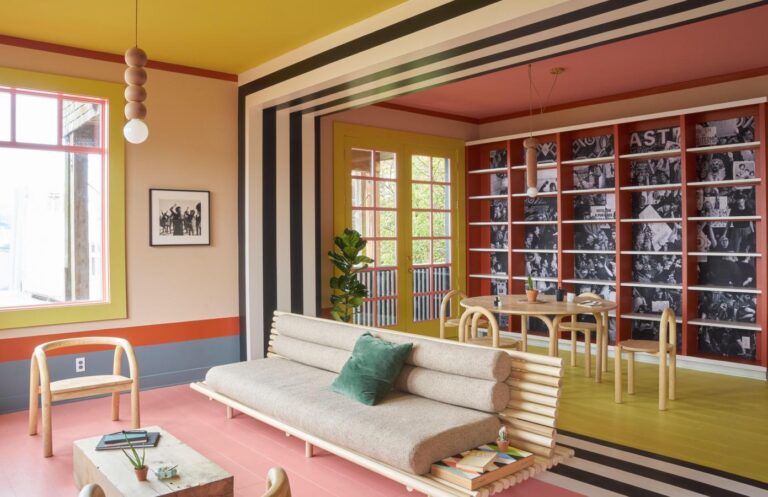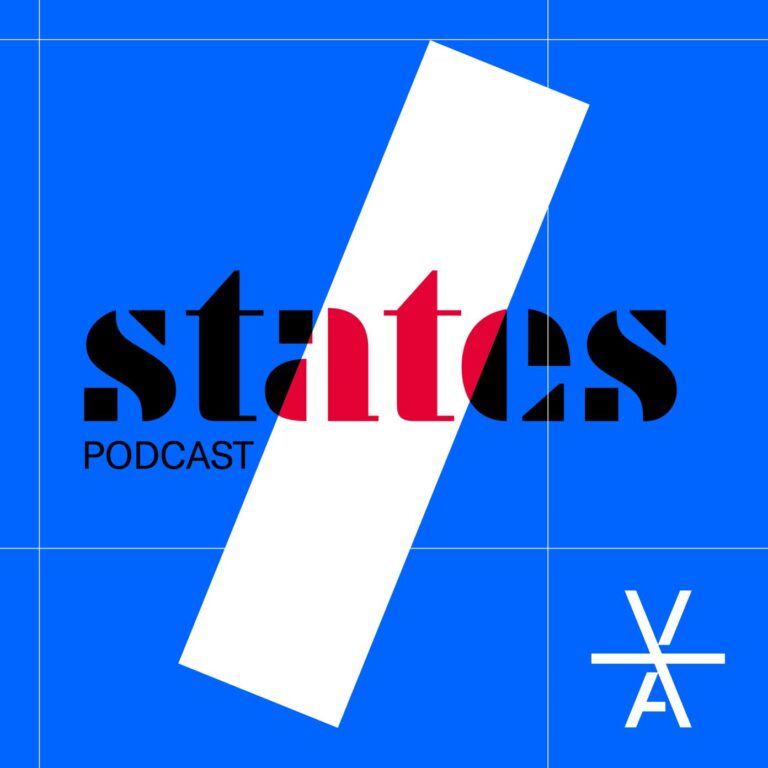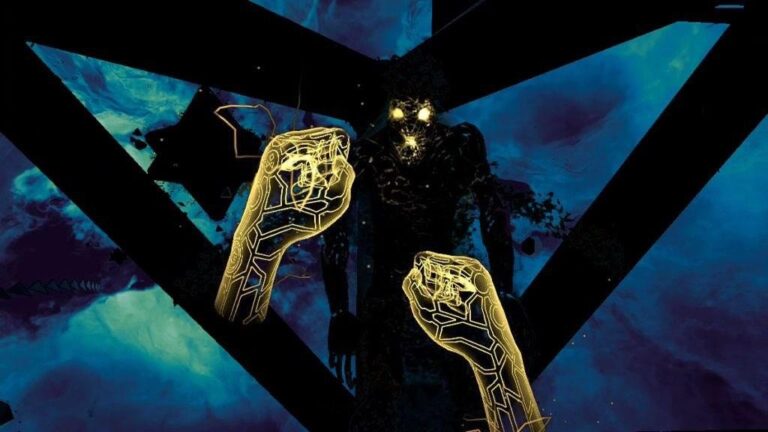
Tatiana Vilela dos Santos
Game Designer, Digital Artist
Mid-February - Mid-April 2023
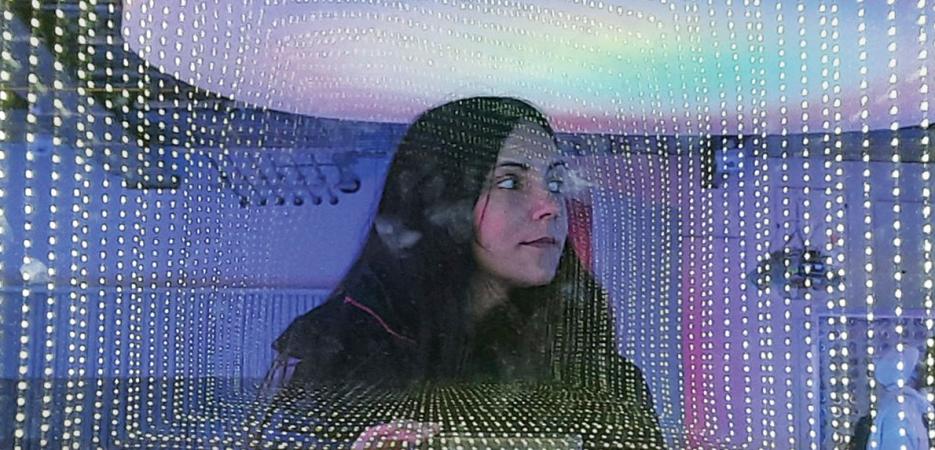
- New Media
- Los Angeles
- San Francisco
“Gaming installations allow us to break free from the tenets of industry and dive into the digital space.”
On January 27, 2010, Steve Jobs announced the launch of the world’s first iPad at San Francisco’s Yerba Buena Center. This new technology marked the arrival of digital tablets as a household fixture. Shortly after this, I landed my first job in the gaming industry. Still a student in game design, I was on a mission to unlock the gaming potential of this terra incognita. Two years later, I began specializing in new technology, designing gaming experiments using mixed reality, motion capture interfaces, and robotics.
In 2012, unbound by the rules of use for standard devices, I developed a taste for this freedom that I had been given to invent the interactions of the future. I broke away from the orders of industry and created a new artistic practice in game design, following the principle of art games. I developed video games that corrupted gaming conventions, forcing players to transgress the rules of the system while disorienting them using techniques inspired by op art. The following year, my work moved into interactive gaming installations that would later come to be called “alternative controller games”. More radical still, this practice involves gaming experiences that use no controller or keyboard (and sometimes not even a screen) but rely on special interfaces.
In 2014, I was actively promoting this practice at talks and workshops, in addition to exhibiting my works. By misappropriating controllers and other electronic devices, this countercultural approach sought to restore space and body as the core of the game. It was embraced by a number of different communities, from digital art to maker culture.
Since my first solo exhibition, in 2017, my work has involved transcending mere contestation to form a standalone artistic proposal, namely by exploring the experiential potential of conceptual gaming installations. I examine both their artistic heritage that spans everything from critical design to surrealism, and their formal specificities like the impact of the tangible on bodily engagement, physical-digital porosity, and the embodiment of a particularly sensory experience. Beyond the world of pixels, my goal is to conceive of the gaming experience at the level of atoms and flesh.
Tatiana Vilela dos Santos is a Paris-based researcher at the Centre de recherche sur les médiations (CREM), a freelance game designer, and an award-winning digital artist (A MAZE., Maker Faire, EIGD). Since 2012, she has been creating gaming installations and art games in the context of her “MechBird” multimedia project. Most of her creations are alternative controller games: video game pieces controlled by tangible, handmade interfaces built specifically for these experiences. This work transcends the controller and screen to explore the unknown terrain of gaming art, and to re-enchant the real by digital means.
“Any sufficiently advanced technology is indistinguishable from magic.” Arthur C. Clarke
This project with Villa Albertine is part of my research on the experiential potential of gaming installations. It is built out of an observation-turned-hypothesis, which will be tested out through my meetings and visits during the trip.
One of the feats of gaming installations is that they allow us to break free from the tenets of industry and dive into the digital space. Today, the quality of a traditional video game is measured in its ability to immerse the player in the confined setting of the screen, whereby they forget about their body in the physical realm. In my installations, digital magic permeates the physical space, instead of the player projecting himself mentally into the digital space. This reversal enables the player’s body to be inserted into fictional gaming spaces.
My project will seek to find out whether bringing the digital into the real can summon up a true playfulness, an altered mental state characterized by curiosity and a sense of wonder. In a desire to anchor the gaming installation within an artistic heritage, it seems only fitting to form a bridge between it and art history. I will investigate the relationship between play and the psychedelic art movement, which espouses a rediscovery of the ordinary and an enchantment with the over-familiar through altered states of consciousness.
I will seek to identify and analyze the mechanics at play in these experiences by studying what they have in common – curiosity, a (re)discovery of the ordinary, a (re)enchantment with the familiar, a new perspective on the banal, and so forth. I will compare the active nature of the play state against the more passive, perceptive nature of psychedelia. To do so, I intend to meet with individuals involved in these two movements, born out of art and research, and to familiarize myself with their work in order to form social and conceptual bonds. These interactions will help me create a gaming piece that melds the tangible and the digital as inspired by both movements, which will be completed at a later stage at Château Éphémère, near Paris, France.
“Turn on, tune in, drop out.” Timothy F. Leary
In addition to sharing a sense of wonder, psychedelic art and alternative controller games were both born in California, and primarily in San Francisco. The world is already well familiar with the hippie community of the 1960s and 1970s, who gathered in the Bay area to spark the psychedelic art movement. But the history of alternative controller games is still unknown to most. The “alt.ctrl” movement, referring both to the creators of alternative controller games and to their creations, takes its name from the exhibition space dedicated to this type of game, which launched during one of the world’s biggest video game developer events, the Game Developers Conference, which takes place annually in San Francisco. While examples of this practice have been seen at similar European events and at IndieCade since the early 2000s, the opening of alt.ctrl.GDC united the movement under a common banner.
Nevertheless, this practice of game design and psychedelic art has not been restricted by state borders, successfully spreading across the American Southwest. As such, from Los Angeles to Denver, the region is now home to several research laboratories dedicated to this type of creation (UCLA, UCSC, USC, UC Boulder, etc.), as well as many sites that promote gaming cultural projects, inspired by psychedelic art and artists (Meow Wolf, Dreamscapes, Wink World, etc.). Native American cultures have also had a key influence on the psychedelic art found in the seven US States that make up this region.
In partnership with
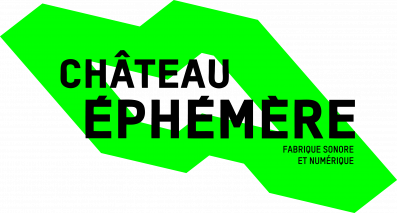
Château Éphémère
Château Éphémère is an artistic residency place dedicated to digital arts and sound creation, located in a converted heritage site – the Château Vanderbilt – in Carrières-sous-Poissy (78), owned by the Grand Paris Seine et Oise urban community. Château Éphémère is an artistic factory at the crossroads of research, experimentation, science and arts. It offers content and activities for everyone, notably through its workshops and public events.

Centre de Recherche sur les Médiations (CREM)
CREM is a research unit of the University of Lorraine. It brings together 200 researchers from 11 disciplines, nearly 90% of whom are in information and communication sciences, language, literature and art. Faced with social, cultural, artistic and technological changes, CREM researchers question the processes and forms of mediation that interpret and give meaning to them. The research aims to model these dynamics, to identify the issues of relations to standards and deviations, to understand the phenomena of regulation.

IndieCade
IndieCade supports independent game development and organizes a series of international events showcasing the future of independent games. It encourages, publicizes, and cultivates innovation and artistry in all forms of interactive media, helping to create a public perception of games as rich, diverse, artistic, and culturally significant. IndieCade’s events and initiatives are designed to bring visibility to emerging work and inspire and connect this global community of innovators.IndieCade is organized by an expansive team of dedicated individuals who truly believe that we can make an impact on the industry and ultimately the way the world plays, understands and is impacted by games. To this end, IndieCade supports independent game development as the future of games.
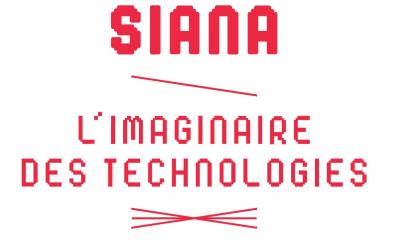
Siana
Siana has been working for 17 years in the territory of Evry and Essonne for a better understanding of digital issues and those who demystify everyday uses and technologies: digital artists.

Un Singe en Hiver
Un Singe en Hiver hosts a craftbrewery as well as a 150sqm set made available to an associative structure mandated to develop an eclectic and ambitious artistic program. The latter creates a dialogue between interactive and immersive digital installations, video projections (short films, heritage cinema and documentary creation) and concerts of amplified music.




